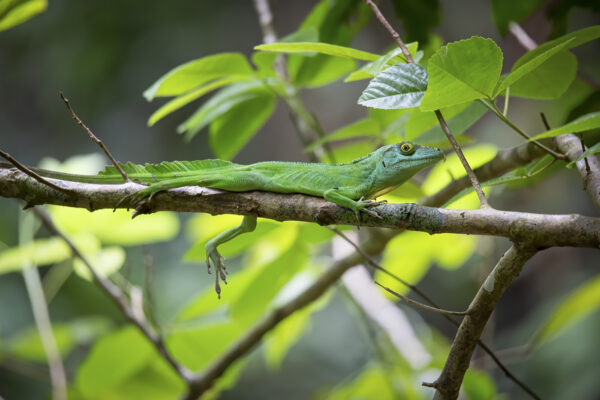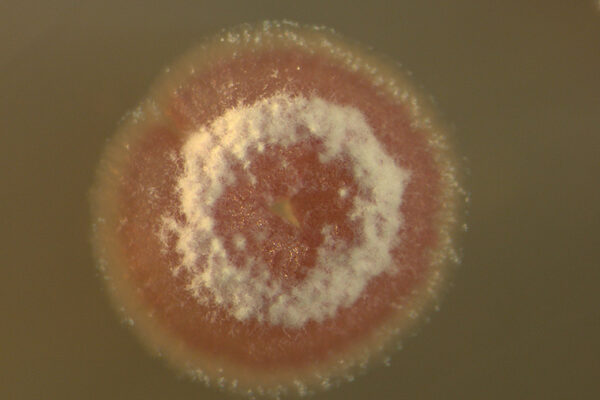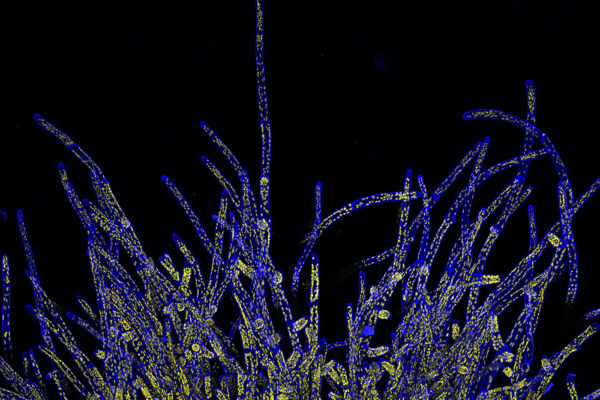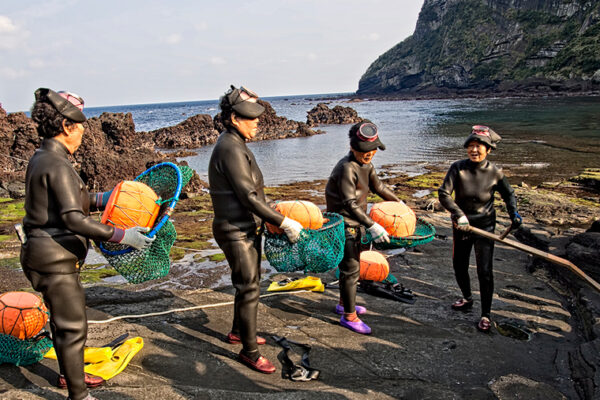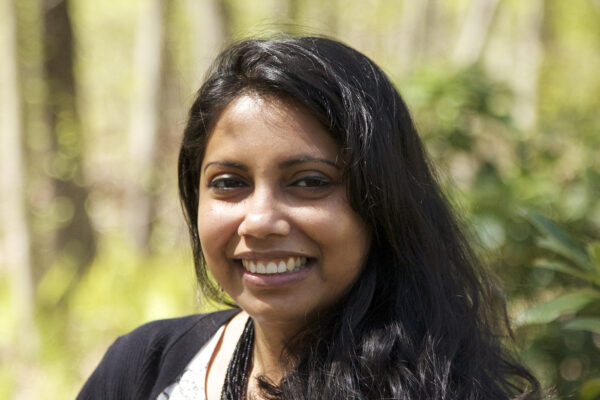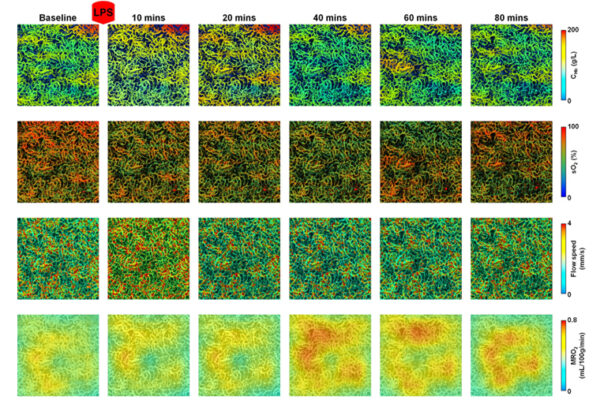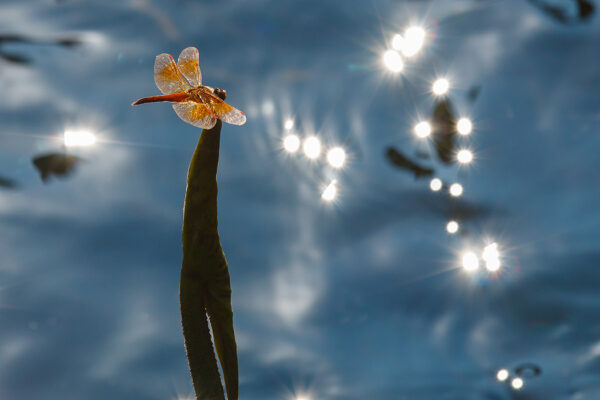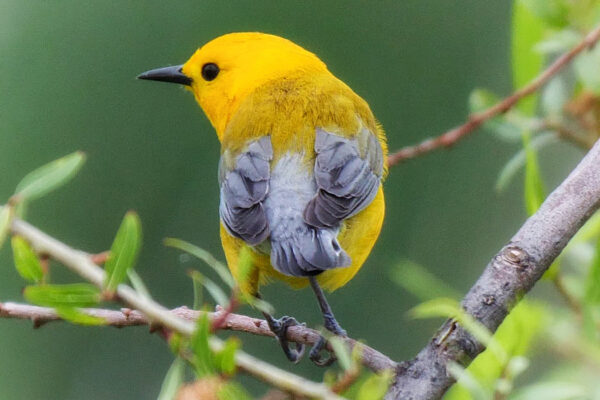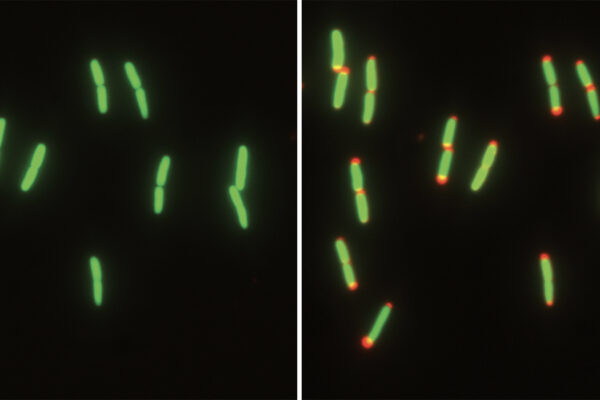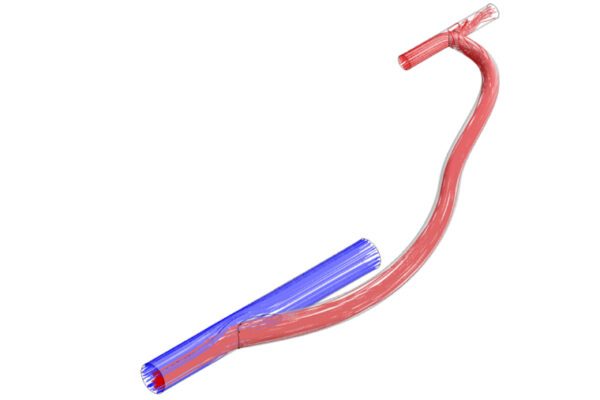Sticky toes unlock life in the trees
Biologists at Washington University in St. Louis examined data from 2,600 lizard species worldwide and discovered that while hundreds of different types of lizards have independently evolved arboreal lifestyles, species that possessed sticky toepads prevailed.
When stubborn bugs refuse to make drugs
Research published in the Proceedings of the National Academy of Sciences by biologist Joshua Blodgett in Arts & Sciences highlights comparative metabologenomics as a powerful approach to expose the features that differentiate strong antibiotic producers from weaker ones.
Depth of perception
Minuscule tunnels through the cell membrane help cells to perceive and respond to mechanical forces, such as pressure or touch. A new study led by biologists in Arts & Sciences directly investigates what PIEZO channels are doing in the tip-growing cells in moss and pollen tubes of flowering plants, and how.
Moon to engineer microbes to control heat production
Tae Seok Moon, associate professor of energy, environmental and chemical engineering, has received a three-year $501,246 grant from the Office of Naval Research to study heat from the human microbiota.
Arpita Bose
For microbiologist Arpita Bose, associate professor of biology in Arts & Sciences, science is a collaborative endeavor. Her lab focuses on microbial metabolisms, taking an interdisciplinary approach to address issues related to energy and sustainability.
High-tech imaging reveals blood, oxygen flow, energy metabolism in mouse kidneys
Researchers in the McKelvey School of Engineering and at the University of Virginia recently developed a high-tech imaging technique that opens up opportunities to study dysfunction in acute and chronic kidney disease.
Male dragonflies lose their ‘bling’ in hotter climates
A study in the Proceedings of the National Academy of Sciences led by Michael Moore, a postdoctoral fellow with the Living Earth Collaborative, finds that dragonfly males have consistently evolved less breeding coloration in regions with hotter climates.
Living Earth Collaborative announces 2021 seed grant recipients
Collaborators from eight St. Louis area institutions will investigate the microbiomes of local box turtles; the diversification of flowering plants in the Gulf of Guinea; and adaptation to climate change and biodiversity loss in Madagascar, among other projects.
Shrinking to survive: Bacteria adapt to a lifestyle in flux
Biologists discovered that E. coli bacteria have a strategy that may help them to survive in between meals. The new research from the laboratory of Petra Levin in Arts & Sciences is published in PNAS.
Improving dialysis through design
Faculty from the McKelvey School of Engineering and the School of Medicine teamed up to design better grafts for dialysis patients.
Older Stories
